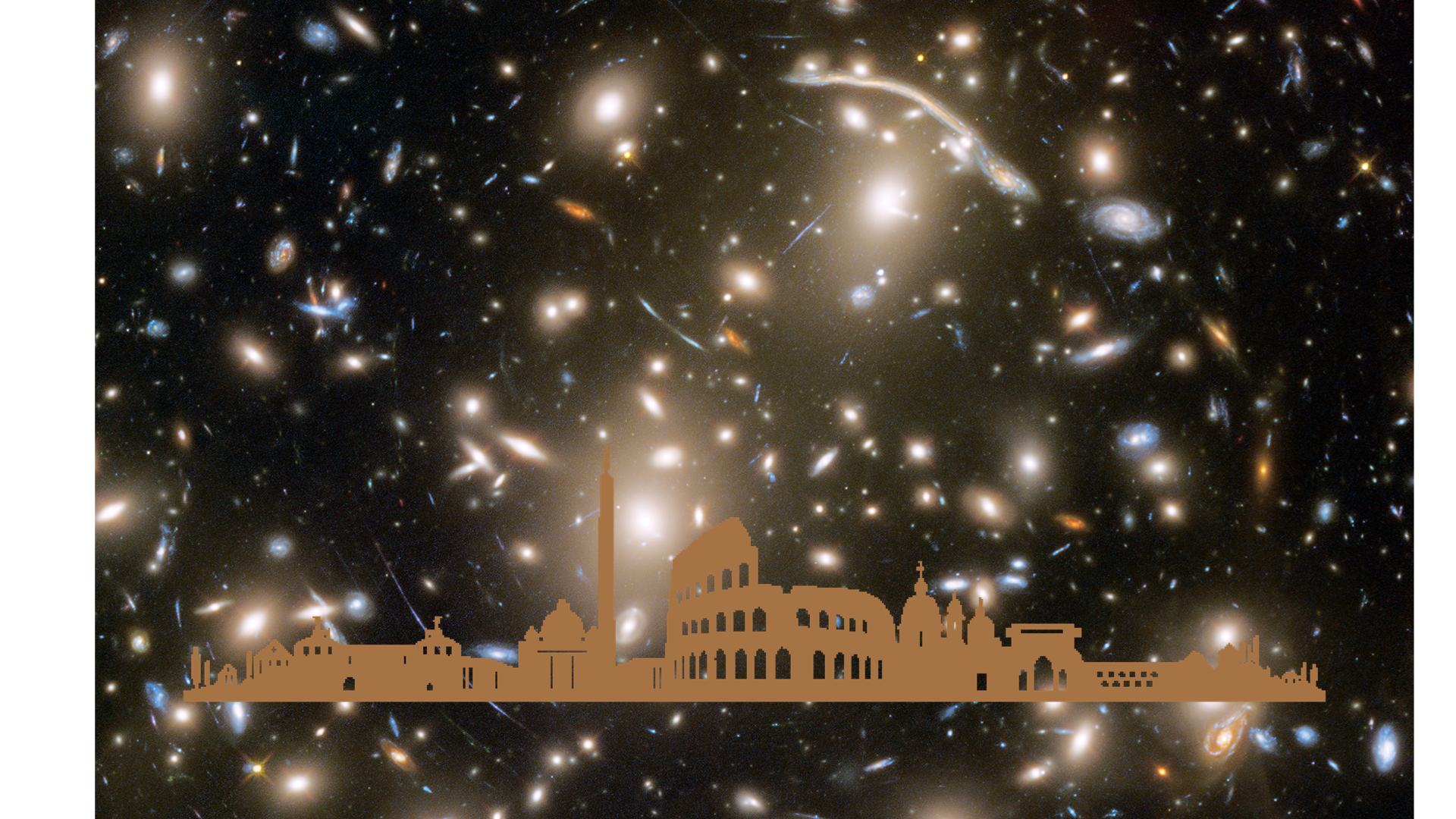
https://indico.ict.inaf.it/event/2683/overview
The star-formation properties of galaxies and the central supermassive black holes that they host follow a tight co-evolution. Current structure formation models invoke Active Galactic Nucleus (AGN) feedback via quasar or radio modes at the high stellar mass ends, as well as feedback from supernovae at low stellar masses, to explain the observed number density of galaxies as a function of stellar mass and redshift. However, despite decades-long efforts both simulations and observations still struggle to reach a consensus on the physical mechanisms regulating star formation and feedback across all scales (from sub-parsec to mega-parsec) and across cosmic history (from the local universe to the first galaxies). The advancements of hydrodynamical and semi-analytical simulations in terms of improved physically motivated models, code efficiency, and hardware for HPC infrastructures now allow us to reach unprecedented numerical accuracy, but the sensitivity leap in recent and current observations is further challenging our understanding of galaxy formation in a cosmological context.
The conference will gather major experts to review the recent advancements in the field in the context of multi-wavelength observations and their comparison with theoretical and numerical models.
